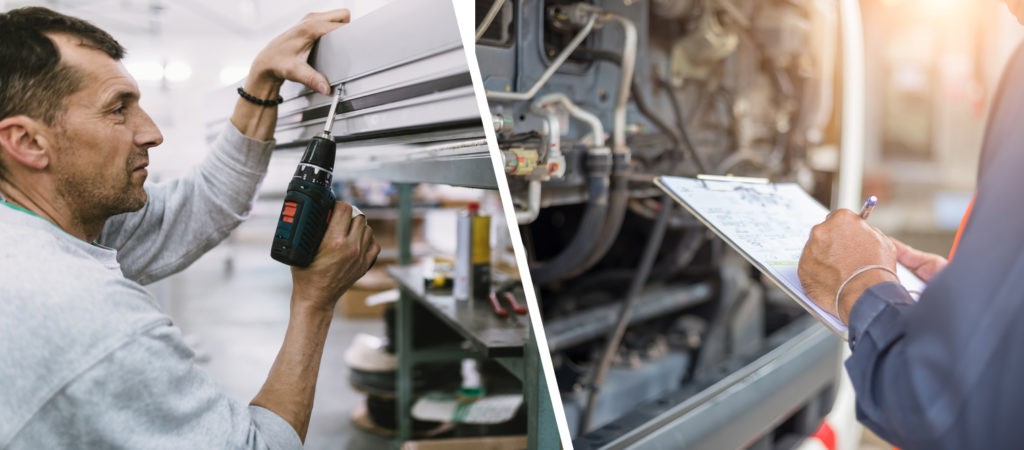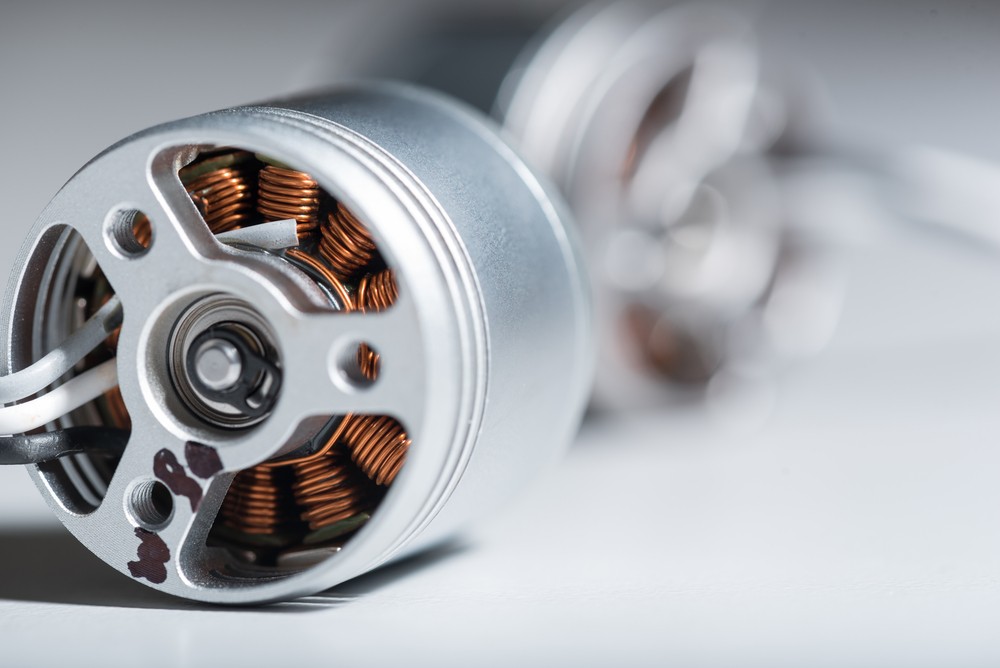Preventive vs. Proactive Maintenance: What’s the Difference?

Terminology and language are very important in industry. Saying the wrong thing can have drastically different outcomes, depending on how it’s interpreted. That’s why it’s so important to clarify terms frequently used interchangeably, such as preventive and proactive maintenance. Sure, they sound similar and are often associated with each other, but they’re actually two different concepts, with unique ramifications.
Definitions are important
Preventive maintenance is a form of recurring maintenance used to prevent failures resulting in downtime. For example, every eight weeks a technician lubricates the bushings on the machine. These tasks are performed in regular time intervals or when specific parameters are triggered. Regardless of when or why, service is delivered according to a predetermined schedule.
Proactive maintenance ― also called predictive maintenance ― is a bit different, but the philosophy is still the same. Maintain an asset to prevent failure, instead of reacting to it. But proactive maintenance is a little bit smarter ― it encourages maintenance of assets based on cumulative data. For example, the bushings on machine X get replaced every Y number of days because historical data shows they expire after Z amount of time, on average.
Breaking down the differences
Still confused? Don’t worry, there’s a lot of nuances between the two definitions and there are several other things that set them apart.
Preventive repairs get done whether they’re needed or not. It’s a “better safe than sorry” philosophy. Because of this, there are usually more costs associated with preventive maintenance. You may replace a perfectly good part with no signs of wear simply because the maintenance schedule said to do so. You avoid the threat of malfunction and downtime, but you also throw away the remaining life on that part.
Done right, proactive maintenance is the remedy to this waste. Instead of sticking to a fixed schedule, proactive maintenance uses available data to perform repairs as close to failure as possible (within a safe margin), before downtime actually occurs. Based on X number of years of operating data and a smart sensor, you know there are roughly Y number of days left before part Z fails. You milk the part for its full lifespan and still avoid downtime. The problem here is accuracy. If you’re accurate, proactive maintenance works; if you’re not, you create more problems for yourself.

The solution is in both approaches
As in all manufacturing approaches, the answer to good maintenance comes from incorporation of both philosophies.
Preventive repairs work well on equipment and parts with a low chance of causing downtime ― smaller components and consumables with finite life, usually available at a low cost. Proactive repairs work well for major components where decision-making data is available. This tandem approach balances maintenance effectiveness and overall costs. Maintenance techs just need to be cognizant of the drawbacks of both philosophies and aware of how their maintenance approach affects the overall performance and output of the machine.
